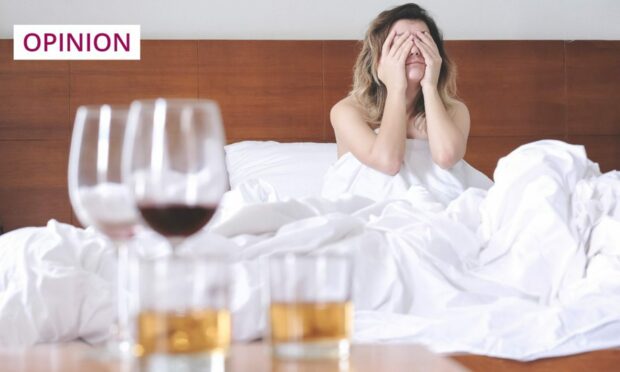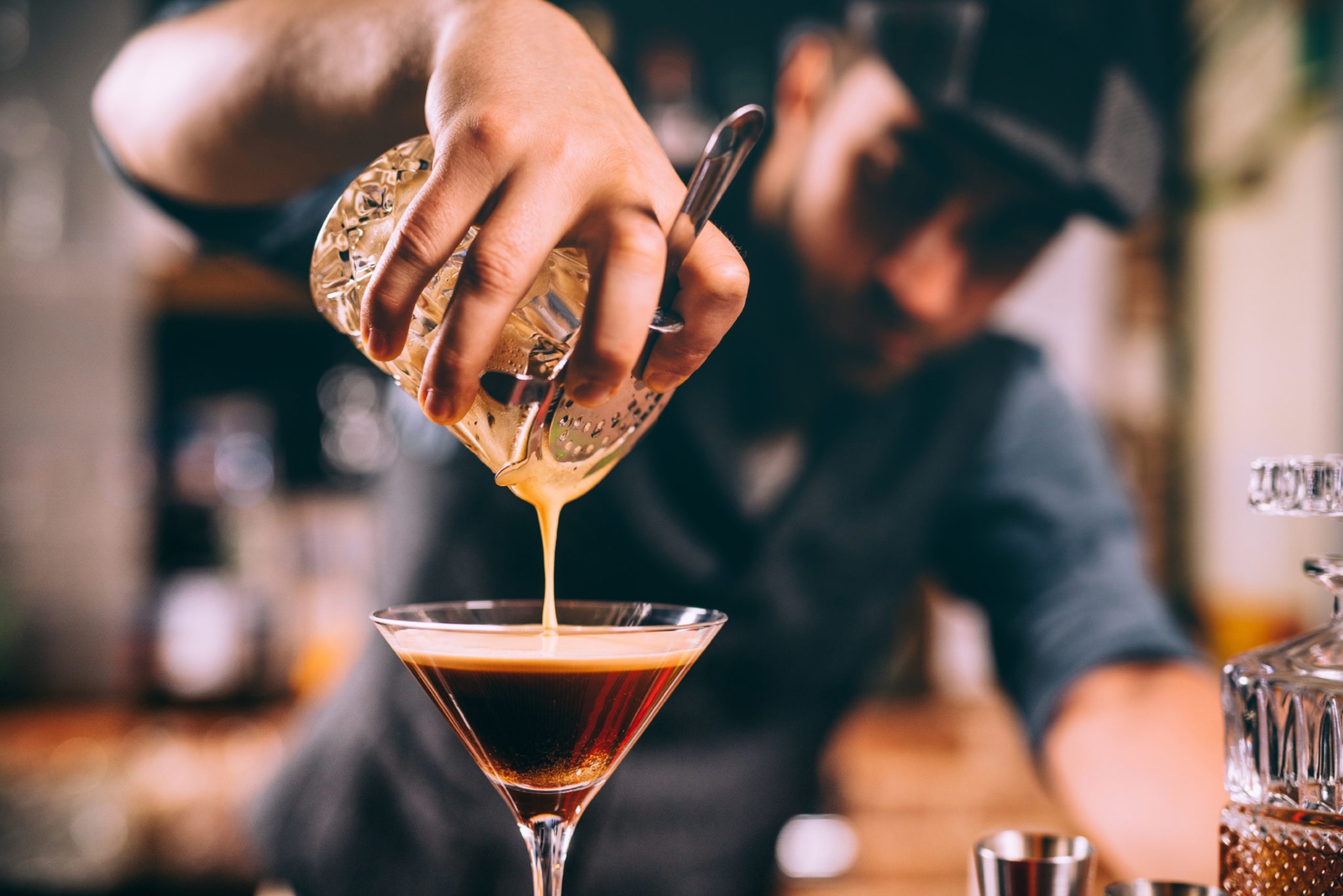Canada’s health guidance recommending zero alcohol has been called ‘drastic’, but we’re firmly in denial about the effects of drinking, writes Darryl Peers.
The Canadian public health authority has released new guidance, stating that drinking no alcohol is the only risk-free approach for one’s health.
The BBC News report on the subject labelled the recommendation a “drastic” policy.
It has been over three years since I last drank alcohol. During my early 20s, I often couldn’t think of the last day when I hadn’t had a drink. Between meeting friends in bars and glasses of wine while I was cooking dinner, alcohol was part of my everyday routine, and I didn’t question it.
In 2017, I started experiencing chest pain. I thought it was some kind of heart problem. I went to the doctor and they ran tests, but it turned out my heart was healthy; the pain, they said, was anxiety, stemming from an abusive relationship.

Eventually, I found my way to a form of therapy called eye movement desensitisation and reprocessing (EMDR). This was designed for war veterans suffering from post-traumatic stress disorder.
It was recommended to me because I was good at explaining how I felt, or how I had rationalised myself to be feeling. EMDR bypassed my articulacy and exposed my explanations as paper over the cracks.
My body is not rational. The chest pain was my body letting me know that I was experiencing feelings I was not confronting.
People tell me cutting out alcohol was a ‘drastic’ choice
I don’t know if it was related or not but, following a year learning how to act in ways that reflected how my body was feeling, I developed an acute sensitivity to alcohol. It reached the stage where I would have an all-day hangover following even one, small drink.
I went to the doctor and they asked me: “Would you stop?” They explained that alcohol has effects like this on people all the time because, in the main, our bodies do not like it. The best thing I could do for my health would be to cut it out entirely.
Much as we may laugh them off, they said, hangovers are the body’s way of telling us that it has been damaged.
People often tell me they think that to stop entirely was a “drastic” choice. To drink no alcohol is one of those things that, in our culture at the moment, people feel comfortable describing as “unusual”.
But there ought to be nothing unusual in taking care of one’s body, and pushing past the social anxieties which so often drive people to drink in the first place.
Health Canada have only made official something that we already know. Drink or don’t drink, but let’s not mince our words: your body isn’t hurting afterwards because it’s good for your health.
Darryl Peers is a writer from the north-east of Scotland


Conversation